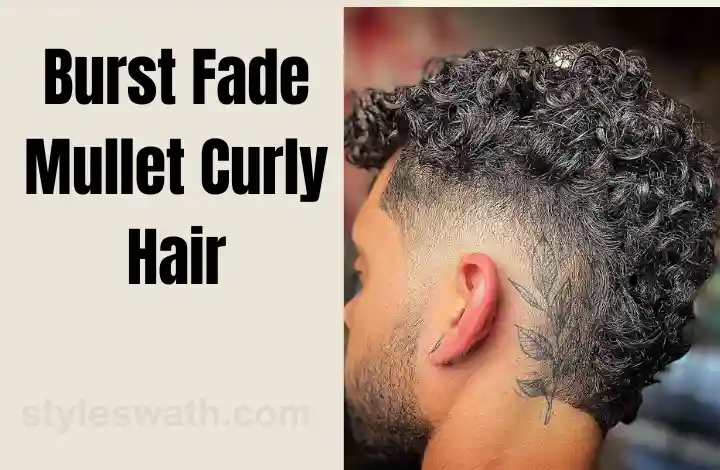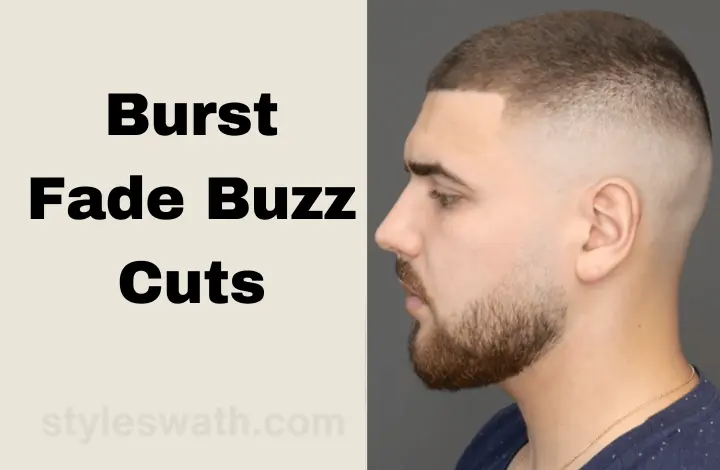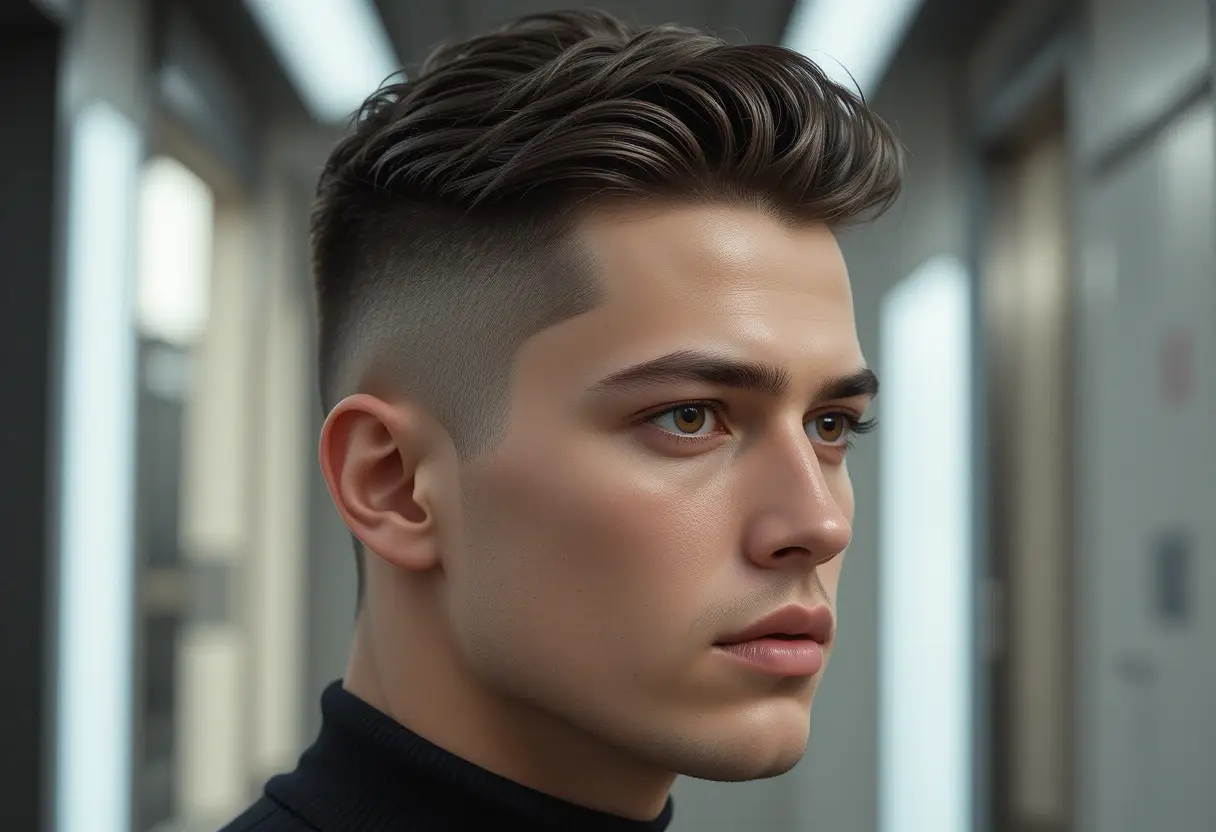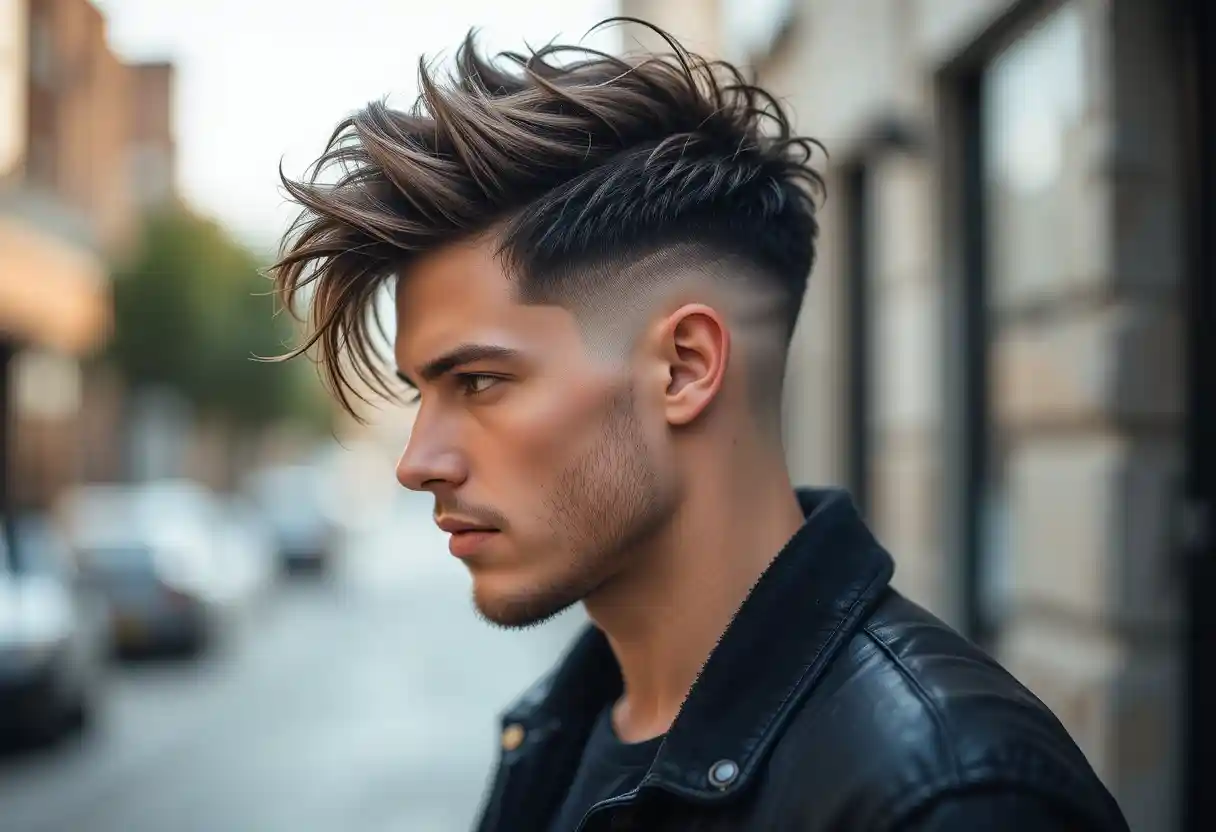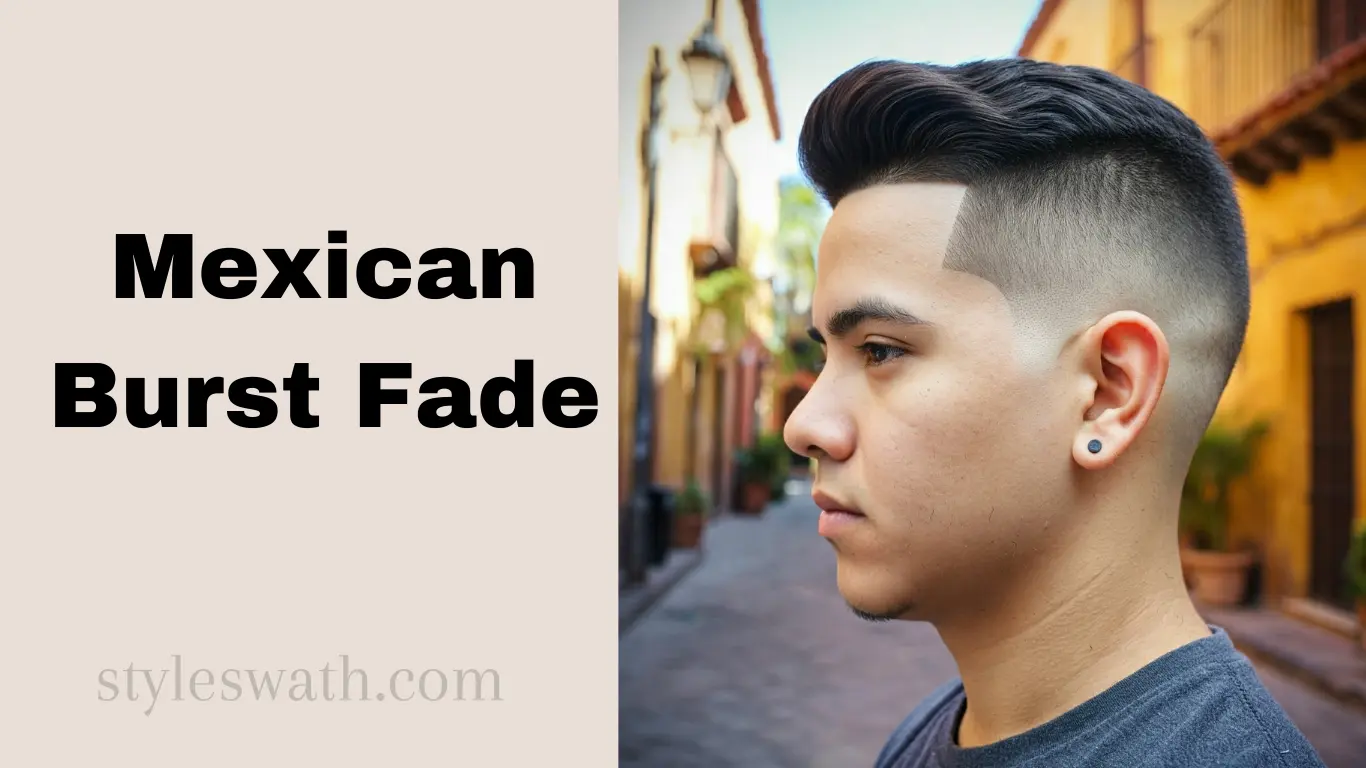Can You Have a Burst Fade in the Military?
Published: 17 Nov 2025
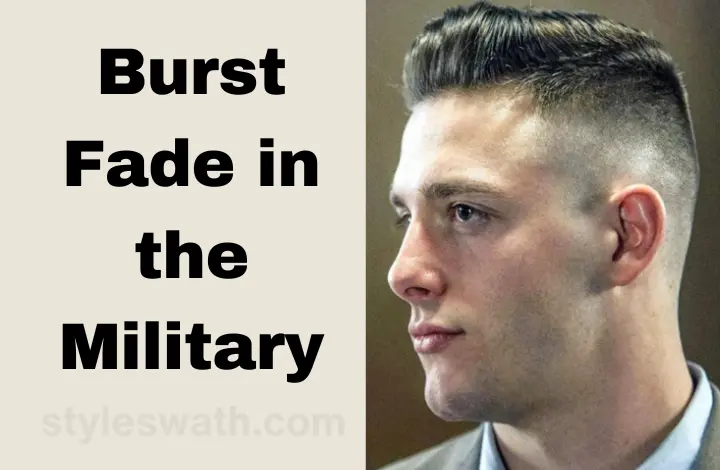
A burst fade in the military is generally not allowed because military regulations require neat, tapered haircuts without excessive curves or rounded shapes, and a burst fade’s distinctive circular fade around the ears is often considered against grooming standards across the Army, Navy, Air Force, and Marine Corps. While some service members might attempt a subtle version or find lenient commanding officers who allow it, the official regulations mandate structured styles like high and tight or crew cuts. According to military grooming guidelines, acceptable fades must have clean lines and straight edges, not the curved, artistic shape that defines a burst fade. Understanding these regulations is crucial before enlisting or requesting a hairstyle change, as non-compliance can result in disciplinary action or forced hair cuts that reset to approved styles.
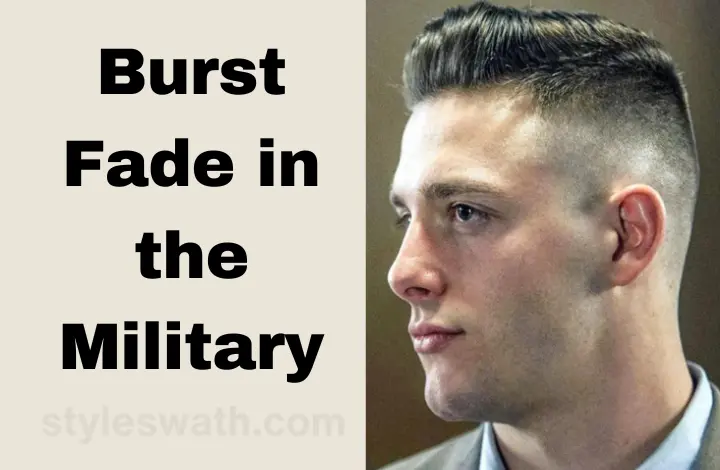
What is a Burst Fade?
The burst fade remains one of the most popular hairstyles outside the barracks, characterized by its gradual tapering of the hair at the sides and the back of the head. Originating from the temples, the hair fades down to the skin delivering a bursting effect that lends itself to a clean, stylish look. When expertly styled, the hair on top can be left longer or tailored to the desired look, offering a truly versatile aesthetic.
In my time as a hairstylist within a military community, I have seen a wide array of cuts, but the burst fade always raises eyebrows. Whether it’s permitted in the ranks depends on the rigidity of the regulations. I’ve had the privilege of crafting this style for many awaiting their entrance into civilian life, and they savor the freedom it represents, a sharp contrast to the strict grooming standards they’ve adhered to. While it’s an envied selection among service members, it’s essential to examine regulations meticulously before getting clipped.
The Military Hairstyle Regulations
In the military, where the blend of uniformity and practicality is paramount, grooming standards are implemented not just for safety but to uphold a professional appearance. According to regulations, all servicemen are expected to present a disciplined appearance, aligning with the ethos of their duties. While there is room for some personalization, it’s important to note that specific guidelines often vary between branches and even within units, but following them efficiently remains non-negotiable. Generally, military headgear must fit properly, which means hairstyles like the burst fade that might compromise this fit or are considered extreme styles are not allowed. Therefore, hairstyles that possess excessive length or bulk are typically eschewed for more practical hairstyles that are neat, well-groomed, and sport a clean-cut look.
From my experience as a military barber, the rigidity of these rules often stifles creativity, but they serve a greater purpose of camaraderie and order. The key advice I offer to personnel itching for a trendy cut is to prioritize the requirements while exploring the limits, especially in more permissive units. Each service member’s commitment to their appearance reflects the high standards of their esteemed profession.
Can You Have A Burst Fade In The Military?
When it comes to serving in the military, the question of whether a burst-fade is an acceptable hairstyle often arises. The answer largely depends on the branch of service and the unit’s regulations. While some branches may allow hairstyles within certain parameters, others maintain stricter guidelines. Therefore, it is advisable to consult the official regulations or speak with your unit’s commander to understand the specific policies related to trendy haircuts.
I’ve seen shifts in what’s permissible, but one thing remains consistent: a well-groomed soldier who meets the standards. Exploring the bounds of personal style is a delicate dance with regulation, and cuts like the burst-fade toe the line of form and function, often depending on the role and requirements of the unit served. My advice is to approach haircuts as you would your uniform – with respect for tradition and a measured dose of individuality.
Explore Military Hairstyle Options
There are other hairstyles that can be worn to achieve a stylish look, while still adhering the military grooming standards. Here are some popular choices:
High and Tight

The High and Tight represents a classic haircut in the military, offering a clean and professional look. This style is achieved by clipping the sides and back of the head to a very short length, but leaving the hair on the top slightly longer for a neat, tapered look. It is a widely accepted hairstyle that impeccably meets military grooming standards. In my experience crafting these cuts, the precision required underscores the discipline and order that define military life.
Crew Cut
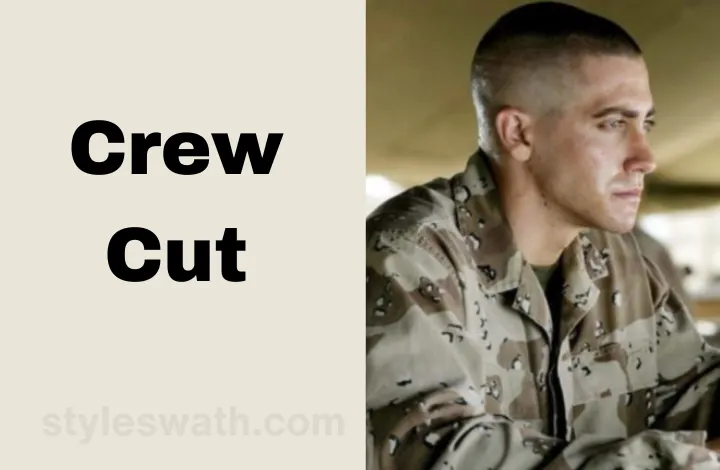
The Crew Cut is a timeless style that blends practicality and style. It’s cut short and evenly around the head, offers versatility, and conforms to varying personal tastes by allowing for a slightly longer length on top. It also promises little maintenance, a key consideration for active service members. As a stylist, I’ve customized this cut to many a soldier’s liking, striking a balance between individuality and conformity.
Military Haircuts – Regulation
The quintessential Military Haircut – Regulation cut invokes a simple, no-fuss look. It involves short, uniform length hair across the entire head, ensuring a consistent, uniform look that meets military guidelines. Personally, ensuring compliance while respecting a touch of the individual’s essence is key to achieving a haircut that a soldier can wear with confidence and pride.
As a stylist intimately familiar with military regulations, it’s my role to guide service members toward hairstyles that satisfy both their personal identity and the demands of their profession. Crafting haircuts that tread the fine line between self-expression and the uniformity expected of a soldier is a delicate art, blending years of expertise with an understanding of military culture.
Conclusion
Navigating the regulations of military hairstyles can be akin to plotting a course through a well-mapped territory. Each branch and unit may have its unique directives, which determine if a burst-fade is allowed in the military. It is fundamental for service members to consult official guidelines and seek clarity from a commanding officer to abide by the specific policies regarding burst hairstyle and other trendy styles. Though often not permitted, seeking alternatives that offer a stylish appearance while adhering to strict military grooming standards is common, with cuts like the high and tight and crew cut being prominent fixtures. Service members must always prioritize maintaining a professional look that aligns with military regulations.
What haircuts are allowed in the military?
In the military, haircuts should be neat, well-groomed, and not longer than four inches to ensure they don’t touch the ears, collar, or eyebrows. This is crucial for maintaining a uniform, professional look.
Can you have a fade in the military?
A fade in the military is authorized, but it must be a narrow cut, clipped or shaved at the fore and aft part of the head, with a maximum length of four inches and a width of 1/8th inch. Permissible hairstyles include the flat top, bald or shaved heads, high and tight, hi-top faded, and low-top fades, even occasionally afros.
Can I request an exemption to the grooming rules for a burst fading in the military?
To obtain an exemption for burst fading in the military, one must undergo an approval process which may vary by branch and unit. This process typically involves consulting the commanding officer and following specific steps for requesting an exemption from standard grooming rules.
Is there an alternative to the burst-fade that is allowed in the military?
For those seeking an alternative to the burst-fade, the military grooming standards accept styles like the high and tight or the crew cut, which offer a clean, professional look while adhering to regulations.
Can I have a fading burst while in basic training?
During basic training, emphasis on the basics of military life, discipline, and teamwork means grooming standards are more stringent, striving for uniformity among recruits. Therefore, a sudden fade is often not permitted.

- Be Respectful
- Stay Relevant
- Stay Positive
- True Feedback
- Encourage Discussion
- Avoid Spamming
- No Fake News
- Don't Copy-Paste
- No Personal Attacks

- Be Respectful
- Stay Relevant
- Stay Positive
- True Feedback
- Encourage Discussion
- Avoid Spamming
- No Fake News
- Don't Copy-Paste
- No Personal Attacks
